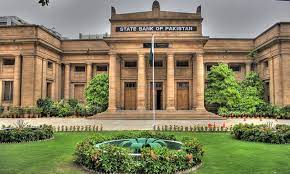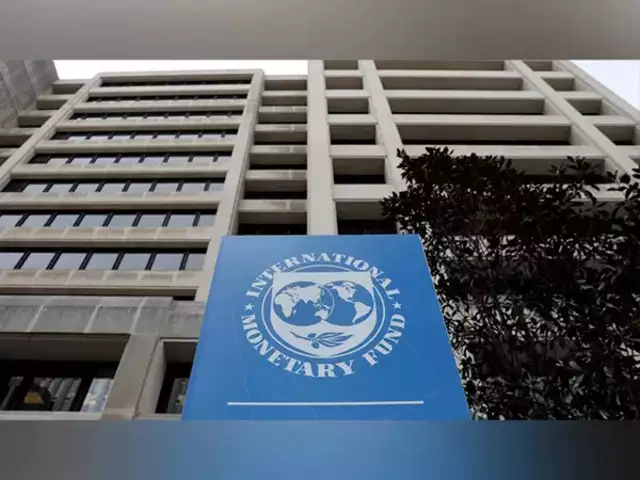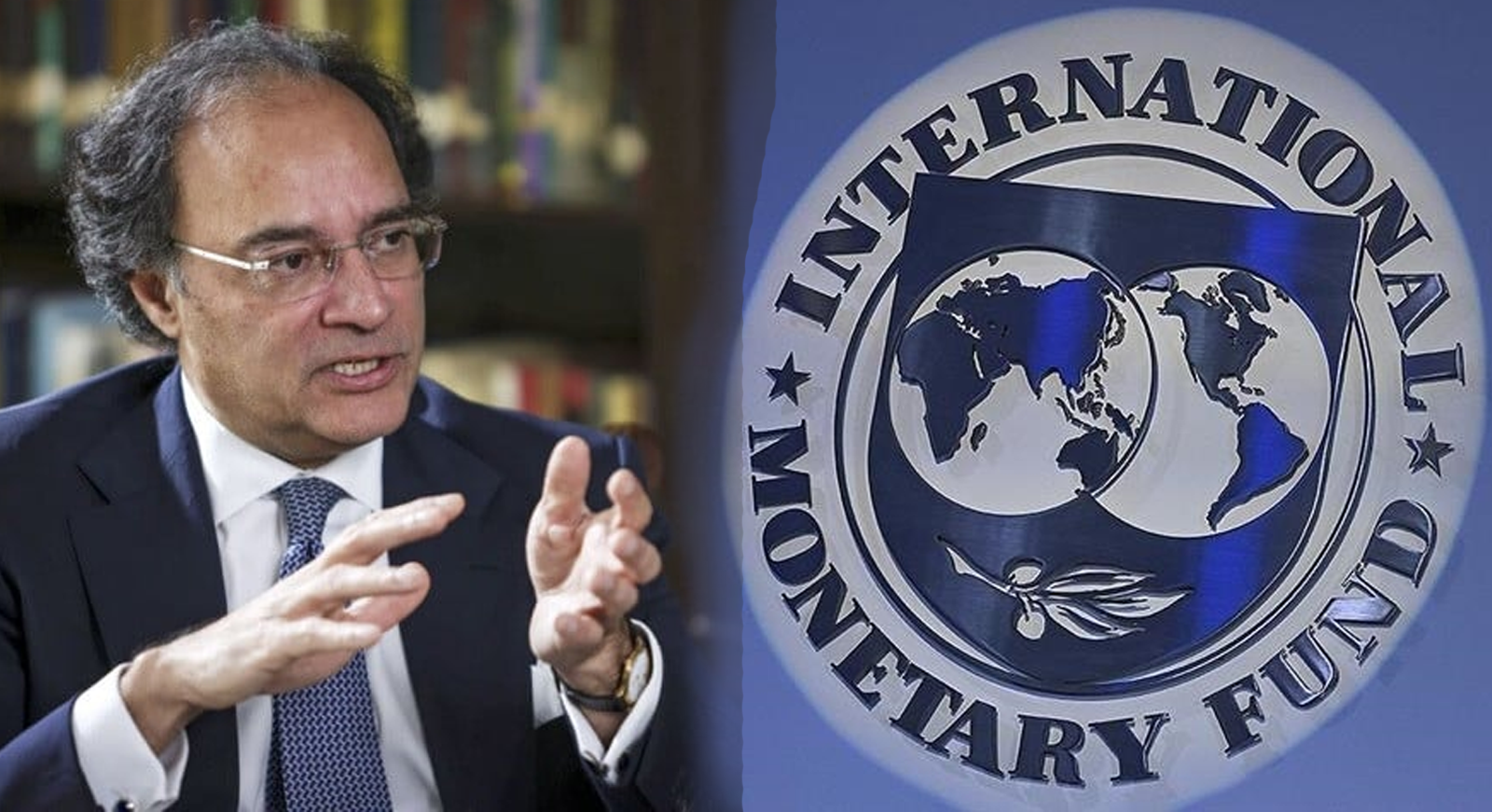PTBP Web Desk
the State Bank of Pakistan (SBP) has introduced the Business Conduct and Fair Treatment of Consumers Regulatory Framework (BC&FRF). This new regulatory structure aligns with SBP’s Vision 2028 and its broader goal of enhancing market conduct, financial inclusion, and consumer protection across Pakistan’s banking and financial sectors.
The BC&FRF is the first comprehensive policy of its kind in Pakistan, designed to elevate standards of business conduct and ensure that consumers of financial products are treated fairly, ethically, and transparently. According to the central bank, this framework represents a transformative step toward building a trustworthy and resilient financial ecosystem that benefits both consumers and institutions.
The framework was finalized after an extensive consultative process involving stakeholders from both the demand side (consumers) and the supply side (financial institutions, EMIs, and industry representatives). The State Bank of Pakistan emphasized that this collaborative approach ensures that the framework reflects real-world concerns, balancing the interests of financial institutions with the rights and needs of consumers.
Industry experts have welcomed this initiative, noting that it will help bridge the gap between consumers and financial institutions. They believe that ethical business practices, disclosure of information, and accountability mechanisms will enhance public confidence in Pakistan’s financial system, particularly as the digital banking sector expands rapidly.
The BC&FRF applies to a wide range of financial institutions, including banks, Development Finance Institutions (DFIs), Electronic Money Institutions (EMIs), and Payment System Operators/Payment Service Providers (PSOs/PSPs). Each of these entities is now required to adhere to specific principles-based and rule-based obligations that govern every stage of their interaction with customers.
The framework covers the entire product lifecycle — from product development and marketing to pre-sale disclosures, service delivery, complaints management, and even the termination of a customer relationship. This holistic approach ensures that consumers are protected at every point of contact with a financial institution.
By enforcing a customer-centric model, the SBP aims to strengthen ethical banking practices, increase financial literacy, and reduce disputes between consumers and service providers.
The BC&FRF is divided into two primary sections — Part I and Part II.
Part I sets out general principles that focus on desired outcomes such as fairness, transparency, and accountability.
Part II comprises six key pillars, each addressing a specific aspect of business conduct and consumer protection:
- Governance and Oversight – Emphasizes institutional responsibility and leadership’s role in promoting a culture of fair treatment and ethical behavior within organizations.
- Disclosure and Transparency – Ensures that financial institutions provide consumers with clear, accurate, and timely information, empowering them to make informed financial decisions.
- Fair Treatment and Business Conduct – Encourages equitable, inclusive, and non-discriminatory practices across all financial dealings, eliminating any form of bias or unethical behavior.
- Data Protection and Privacy – Establishes standards for safeguarding consumer data, ensuring compliance with privacy laws and protection against misuse.
- Dispute Resolution Mechanism – Introduces efficient, accessible, and fair redressal mechanisms so that consumers can resolve complaints without unnecessary delays.
- Awareness and Capacity Building – Stresses the need for consumer education and institutional capacity-building, ensuring that both customers and staff understand their rights and responsibilities.
According to the State Bank of Pakistan, the introduction of this regulatory framework reflects its commitment to fair treatment, financial transparency, and responsible banking. By setting clear expectations for how institutions should interact with their customers, the SBP aims to foster trust and long-term stability within Pakistan’s financial system.
The framework also encourages financial institutions to design products that meet consumer needs responsibly and avoid predatory lending, hidden charges, or misleading advertisements. Moreover, it places an emphasis on data privacy, which has become increasingly important with the rise of digital banking and fintech solutions in Pakistan.
Industry analysts believe that the BC&FRF will serve as a foundation for future regulations in digital finance, improving customer experience and building confidence in mobile banking, electronic payments, and online financial services.
The Business Conduct and Fair Treatment of Consumers Regulatory Framework is not just about compliance — it is about building a financial culture rooted in integrity and accountability. The SBP aims to ensure that all consumers — especially those from marginalized or underserved communities — have equal access to financial services that are safe, transparent, and reliable.
By prioritizing financial inclusion and ethical governance, the SBP envisions a financial sector that supports economic growth, consumer empowerment, and institutional trust. The framework’s implementation will also contribute to the goals outlined in SBP’s Vision 2028, which seeks to make Pakistan’s financial system globally competitive, technology-driven, and inclusive.
The issuance of the BC&FRF marks a landmark achievement in Pakistan’s financial regulatory history. It redefines the standards of business conduct and consumer protection, ensuring that financial institutions operate with integrity and responsibility.
As the SBP continues to implement Vision 2028, the BC&FRF will serve as a guiding framework for promoting ethical conduct, fair treatment, and responsible innovation across the financial ecosystem.
Through this initiative, the State Bank of Pakistan has once again demonstrated its role as a guardian of financial stability and consumer rights, paving the way for a more equitable and trustworthy financial future.




